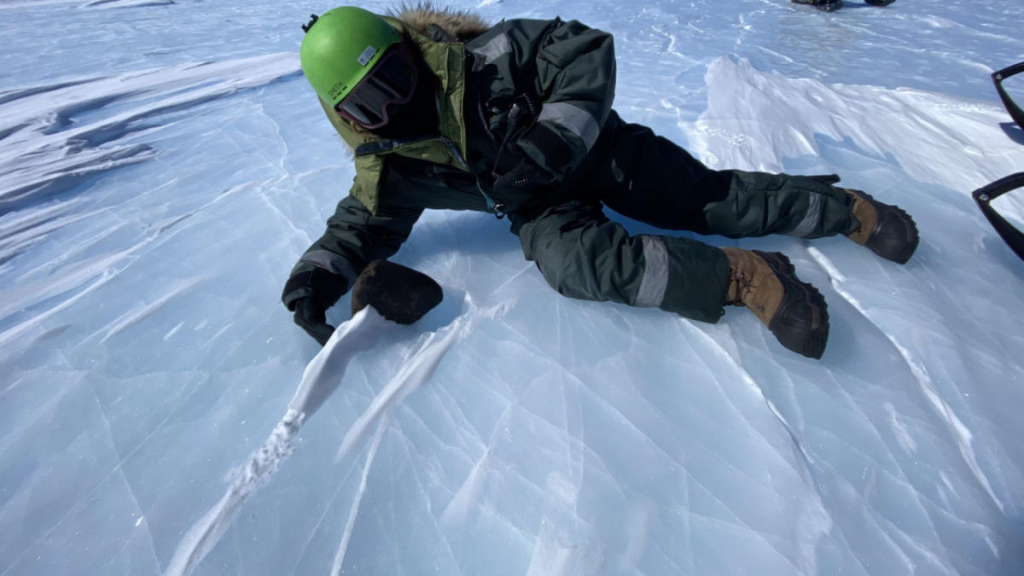Researchers made an out-of-this-world revelation in Antarctica’s frozen landscape when they discovered a 17-pound meteorite containing some of our solar system’s earliest components resting among the heavy snow.
The Chicago Field Museum claims that the scenery of Antarctica is ideal for meteorite hunting because the black space rocks stand out like a sore thumb against the snowy fields. Even if they sink below the ice, the churning motion of the glaciers against the rock below helps to re-expose the meteorites near the surface of the continent’s blue ice fields.

A team of researchers who recently returned from Antarctica can vouch for the continent’s generosity to meteorite hunters since they brought back five new meteorites, one weighing 16.7 pounds.

“Size doesn’t necessarily matter when it comes to meteorites, and even tiny micrometeorites can be incredibly scientifically valuable,” Maria Valdes, a research scientist at the Chicago Field Museum and the University of Chicago, said in a statement. “But of course, finding a big meteorite like this one is rare and really exciting.”
Valdes estimates that only 100 of the 45,000 meteorites have been discovered in Antarctica to date. It will now be delivered to the Royal Belgian Institute of Natural Sciences for investigation, along with four additional meteorites found by the researchers.
“Studying meteorites helps us better understand our place in the universe,” said Valdes. “The bigger a sample size we have of meteorites, the better we can understand our Solar System, and the better we can understand ourselves.”


